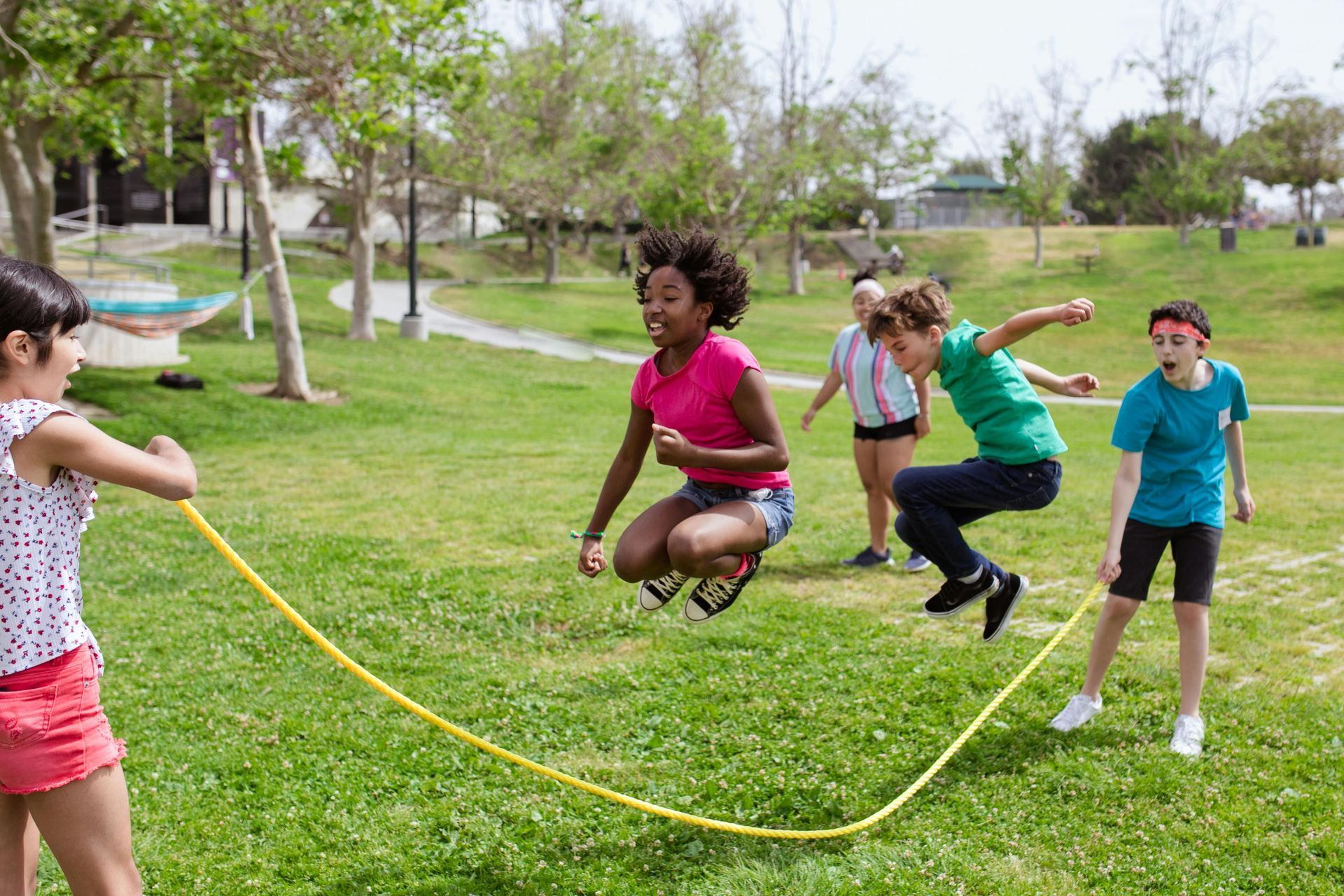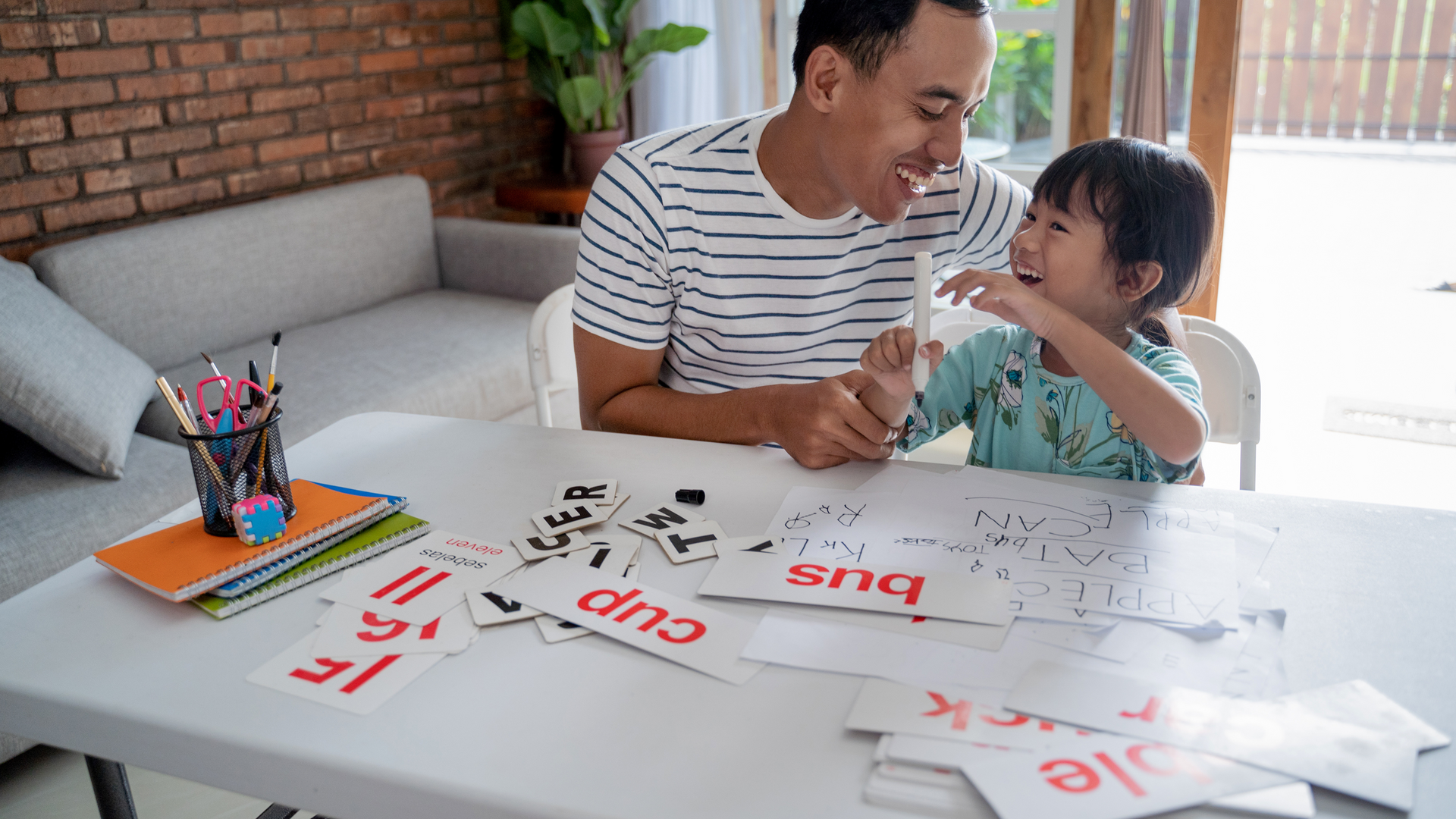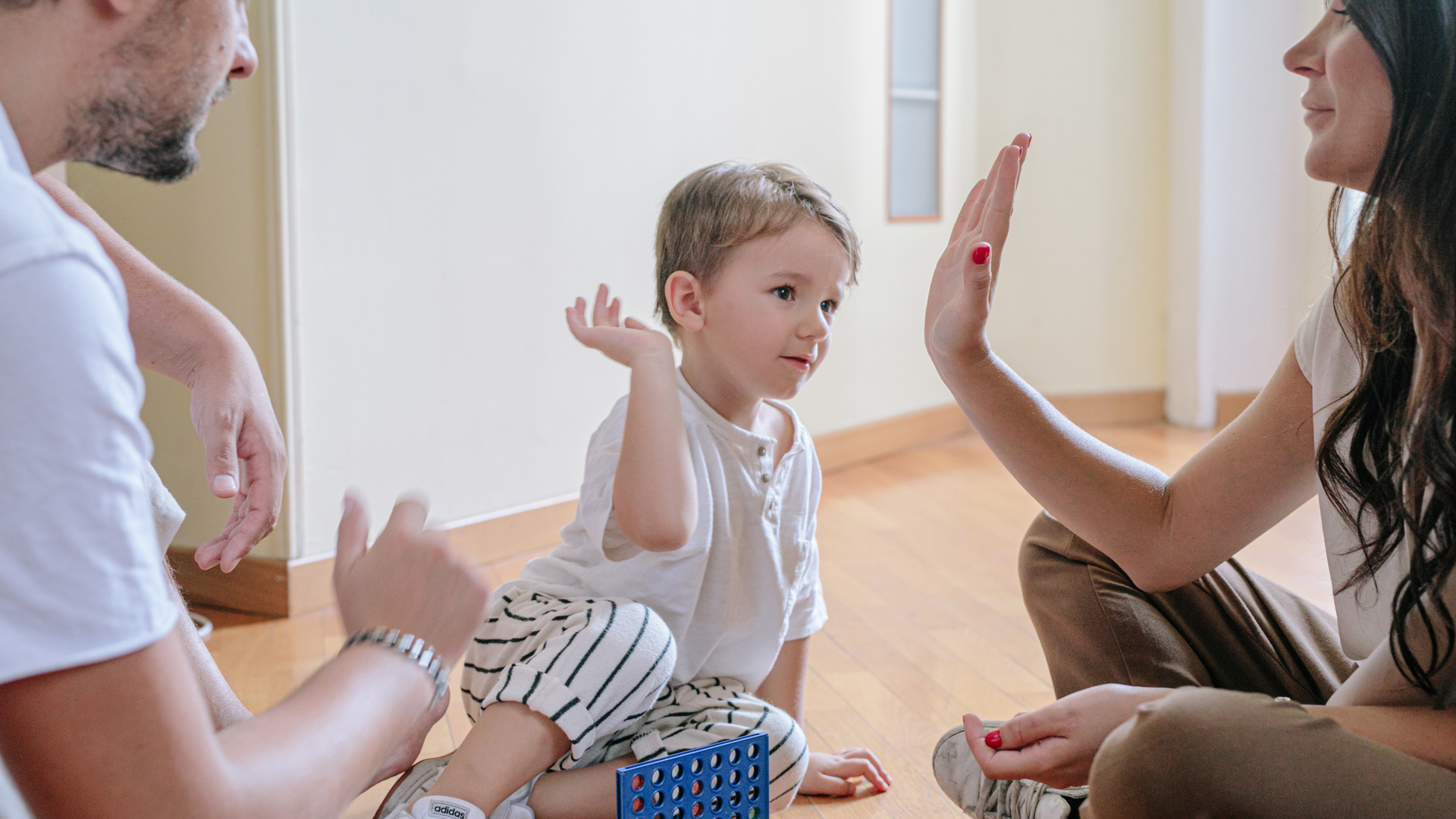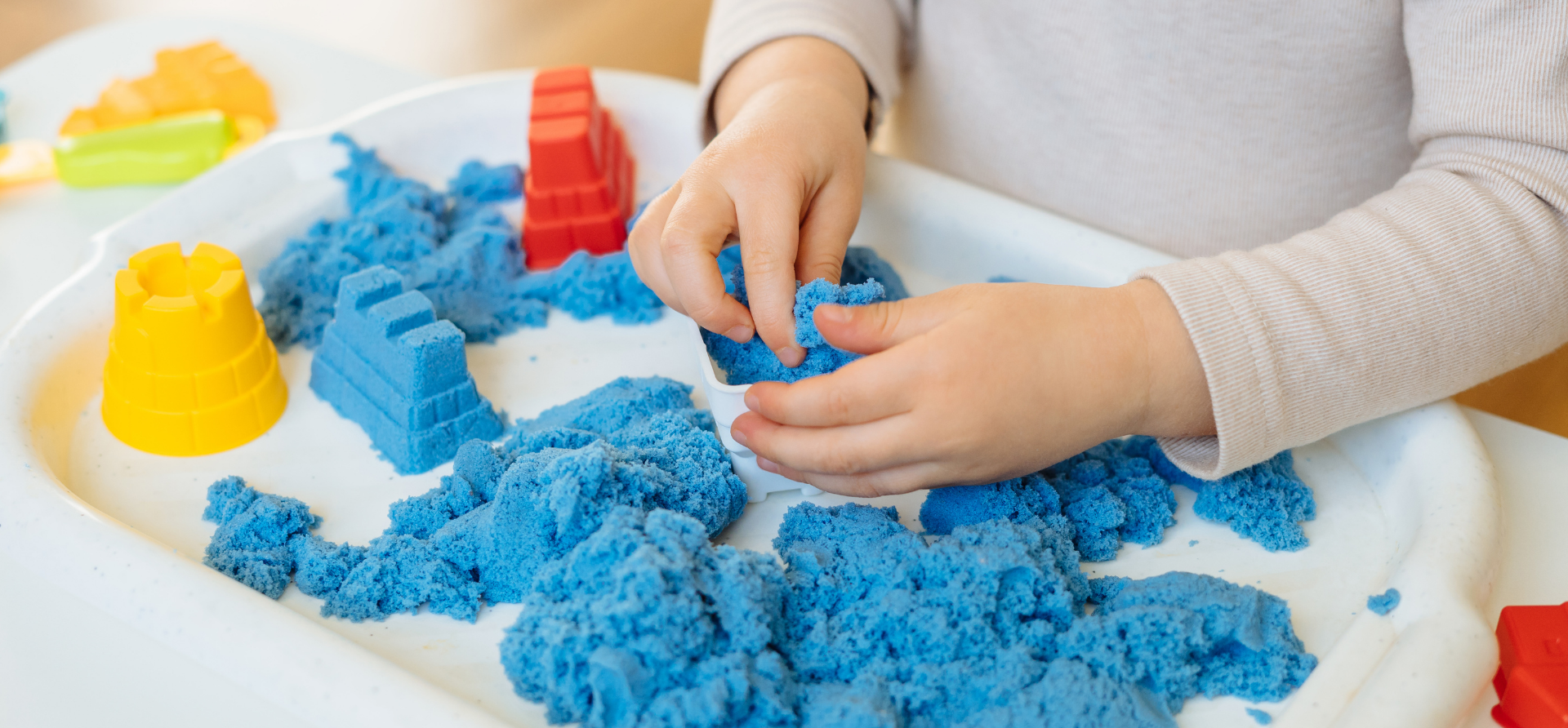June 20, 2025
As parents, ensuring your child’s educational experience is positive, enriching, and supportive is a top priority. For children with special needs, preschool is an important time for early intervention, learning, and development. Navigating the world of special needs in preschool, however, can feel overwhelming for parents. There is a lot to consider, from understanding your child’s unique needs to finding the right resources and support systems. At Storybook School Orlando, we believe every child deserves a strong foundation for success in their early years, regardless of their abilities or challenges. Preschool is a critical time for children to develop skills that will support them throughout their academic journey and beyond. In this blog post, we’ll explore what parents should know about navigating special needs in preschool, and how early childcare programs can help provide the support necessary for children to thrive. 1. Understanding Special Needs in Preschool Before diving into the specifics of how to navigate special needs in preschool, it’s important to understand what “special needs” encompasses. The term “special needs” can refer to a wide range of developmental, physical, emotional, and learning challenges that children may experience. These challenges can vary significantly in their nature and severity. Common types of special needs include: Developmental Disabilities: These include conditions like autism spectrum disorder (ASD), Down syndrome, and intellectual disabilities. Children with developmental disabilities may require additional support in areas such as communication, motor skills, and social interactions. Learning Disabilities: Children with learning disabilities may struggle with processing information, reading, writing, or math, despite having normal or above-average intelligence. Conditions like dyslexia or dyscalculia are examples of learning disabilities. Sensory Processing Disorders: Children with sensory processing issues may have difficulty responding appropriately to sensory stimuli, such as light, sound, or textures. Speech and Language Delays: These delays can affect a child’s ability to communicate clearly and interact with others effectively. Behavioral or Emotional Challenges: Some children may experience emotional or behavioral difficulties, such as anxiety, ADHD (Attention-Deficit/Hyperactivity Disorder), or mood disorders, which can impact their social skills, focus, and ability to regulate emotions. Understanding that each child’s special needs are unique is essential. What works for one child may not work for another, and it’s important to approach each situation with patience, flexibility, and an open mind. 2. The Importance of Early Intervention One of the key benefits of enrolling children with special needs in preschool is early intervention. The earlier children receive the support they need, the better their chances of developing skills that will benefit them later in life. Early intervention can make a significant difference in a child’s ability to succeed in school and navigate social and emotional challenges. At Storybook School Orlando, we emphasize the importance of addressing developmental or behavioral concerns early on. Through early childhood education, children with special needs can receive targeted support that addresses their unique challenges, whether that means additional speech therapy, behavioral support, or individualized learning plans. Early intervention also helps parents and caregivers become more informed and equipped to handle the challenges that may arise as their child grows. It provides families with a sense of direction and offers resources to better support their child’s development. 3. The Role of Preschool in Supporting Children with Special Needs Preschool plays a vital role in the development of children, especially those with special needs. While academic skills such as reading and math are important, preschool also focuses on social, emotional, and behavioral development, all of which are crucial for children with special needs. Here are some key ways in which preschool can support children with special needs: Individualized Attention and Support: Many preschools, including Storybook School Orlando, offer small class sizes and teacher-to-student ratios that allow for individualized attention. This is especially important for children with special needs, as they may require more support in certain areas, such as communication, social interaction, or emotional regulation. Specialized Programs and Therapies: Many preschools offer additional services such as speech therapy, occupational therapy, and behavioral therapy. These therapies are essential for children who need help in specific areas and can be incorporated into their preschool routine to promote progress in a supportive environment. Socialization Opportunities: Preschool is a time when children learn how to interact with their peers. For children with special needs, this can be a challenging yet vital part of their development. A structured preschool setting provides ample opportunities for children to practice communication, conflict resolution, and cooperation with others, building the social skills necessary for future success. Routine and Structure: Children with special needs often benefit from a predictable routine. Preschools are known for offering structured schedules that provide consistency and help children feel secure. This structure can be especially helpful for children with developmental or behavioral challenges who may struggle with transitions or anxiety in unstructured environments. Parent Collaboration: Preschools that focus on supporting children with special needs often work closely with parents, providing regular updates on progress and strategies that can be implemented both at school and at home. Collaboration between parents and teachers is key to ensuring that children receive a holistic approach to their education and care. 4. Identifying and Addressing Special Needs Early Identifying special needs early is one of the most crucial steps in ensuring that a child receives the appropriate support. Some children may show signs of developmental delays or behavioral challenges as early as infancy, while others may not exhibit concerns until they are in preschool. Here are some signs that may indicate a child has special needs: Delayed Speech or Language Development: Children who are not speaking or communicating at the typical age may have speech or language delays that need to be addressed. Difficulty with Social Interactions: Children who struggle with making eye contact, understanding social cues, or interacting with peers may benefit from support in developing social skills. Repetitive or Unusual Behaviors: Some children engage in repetitive movements, rituals, or behaviors, which could indicate a developmental disorder such as autism. Emotional Dysregulation: Children who have difficulty controlling their emotions, such as frequent tantrums, outbursts, or extreme mood swings, may need help learning emotional regulation techniques. Difficulty with Motor Skills: Children who have trouble with basic motor tasks, such as holding a pencil, tying shoes, or running, may have physical delays that require therapy or additional support. If you notice any of these signs in your child, it’s important to speak with a pediatrician, early childhood educator, or a specialist who can assess your child’s development. Early intervention can help identify any areas of concern and provide the resources needed to support your child’s growth. 5. How to Advocate for Your Child’s Needs As a parent, it’s important to advocate for your child’s needs in the preschool setting. This involves communicating openly with teachers, administrators, and specialists to ensure your child receives the appropriate accommodations and services. Here are some ways to advocate effectively: Keep the Lines of Communication Open: Maintain regular communication with your child’s teacher and other staff members. Be proactive in asking for feedback on your child’s progress and discussing any concerns that may arise. Request an Individualized Education Plan (IEP): If your child has been diagnosed with a learning disability or other special need, you may be able to request an IEP. This plan outlines specific accommodations and strategies to support your child’s learning. Be an Active Participant: Attend meetings, ask questions, and collaborate with educators and specialists. Your involvement is crucial to ensuring that your child’s needs are being met effectively. Advocating for your child ensures that they are given the best possible chance for success and that their needs are addressed appropriately in the preschool environment. 6. The Importance of Parent Support and Resources Supporting a child with special needs can sometimes feel isolating, but it’s important to know that you don’t have to navigate this journey alone. Many communities, including those in Orlando, offer resources, support groups, and organizations dedicated to helping parents of children with special needs. Parent support groups provide an opportunity to connect with others who are facing similar challenges. Sharing experiences, tips, and advice can be invaluable in building a strong support system. Additionally, organizations that specialize in special needs can offer information about therapies, educational resources, and financial support. At Storybook School Orlando, we are committed to supporting families with children of all abilities. We work closely with parents to ensure that every child receives the individualized support they need to thrive. Navigating special needs in preschool is an essential part of ensuring a positive early education experience for children. As mentioned in our post 7 Advantages of Early Childcare Enrollment , enrolling your child in early childcare programs like Storybook School Orlando not only helps with academic growth but also ensures that children with special needs receive the support they need at a crucial stage in their development. Additionally, as discussed in Is Daycare All Year Round? Here’s the Truth , year-round childcare options provide continuous support for children with special needs, offering consistent routines and therapies throughout the year to maximize developmental growth. Conclusion Navigating special needs in preschool can be a complex and emotional journey, but with the right support, strategies, and resources, every child can succeed. Early intervention, individualized support, and a collaborative approach between parents and educators are essential to ensuring that children with special needs receive the care and attention they deserve. At Storybook School Orlando, we are dedicated to providing a nurturing and inclusive environment where children of all abilities can thrive. Whether your child has a developmental delay, learning disability, or behavioral challenge, our team is here to help them grow and succeed in every way possible. By working together with parents, teachers, and specialists, we can create an environment where every child, regardless of their challenges, has the tools they need to flourish academically, socially, and emotionally.














